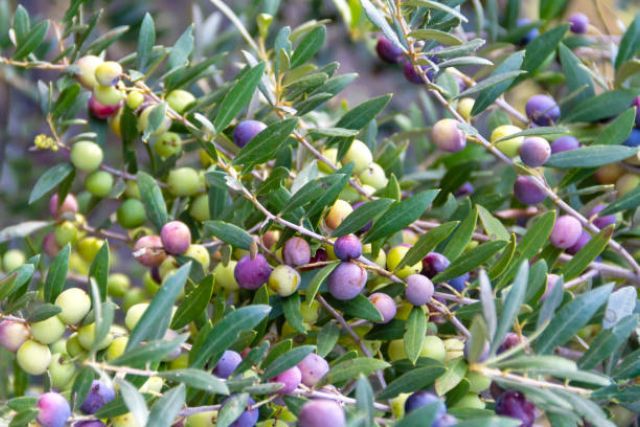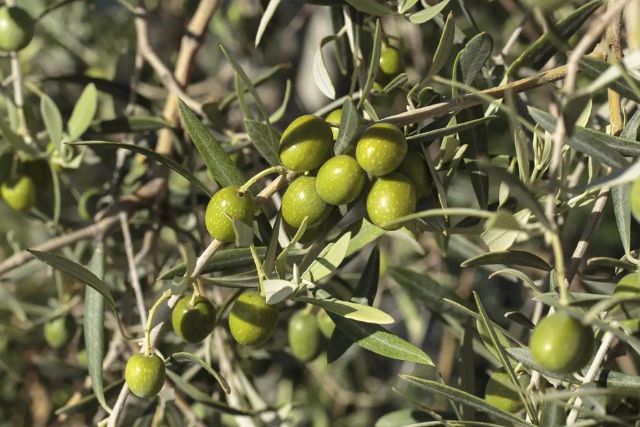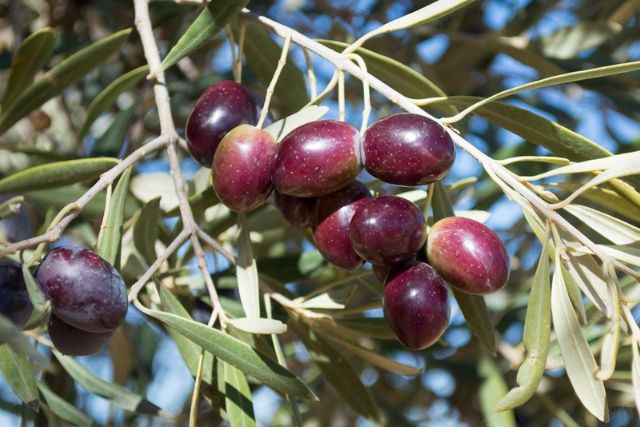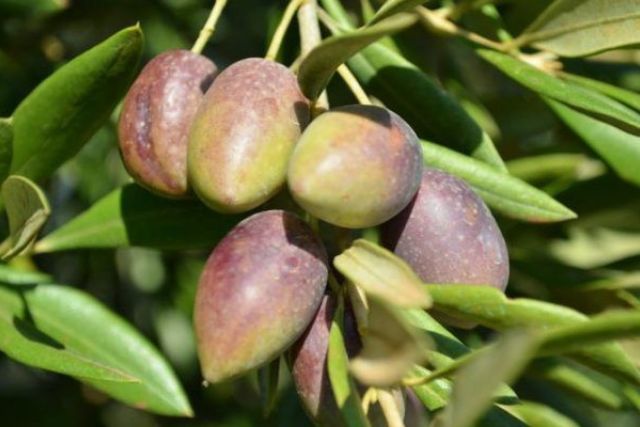
Most important types and varieties of olives
If you live in Andalusia or have ever visited it you will have come across a sea of green, mainly in the areas of Cordoba and Jaen.
As far as the eye can see, all you can see is a vastness of olive trees. But do you think they are all the same, how are the different types of oil produced, are some varieties better than others? All this and much more we tell you today in this post.
Types of olives most recommended for olive oil production
There are countless varieties of olive trees, each with specific characteristics such as productivity level, percentage of fat yield, quality and organoleptic characteristics of the oil they produce, the difficulty of harvesting or the ability to withstand and adapt to cold, heat and soil types.
These characteristics mean that there are certain varieties that are the most cultivated depending on the area, climate, soil type, type of cultivation and farmers' priorities. Let's take a closer look at the properties and specific characteristics of the most cultivated varieties:
Arbequina
It is a variety considered resistant to cold. It is highly appreciated for its high productivity, good fat yield and excellent oil quality, although the oil has low stability.
The small size of its fruit makes mechanized harvesting by vibration difficult.
It is one of the varieties that most arrive at our mill and gives shape to one of our best-selling products, the two-liter Arbequina carafe. We could describe it as a very soft, aromatic, light, delicate, sweet and slightly spicy oil.

Fuente: Google imágenes
Cornicabra
It is a very widespread variety, found under numerous names such as “Cornezuelo”, “Corniche” and “Osnal” among others.
It is considered to be highly adaptable to poor soils and dry and cold areas.
It is appreciated for its high fat yield and for the quality of its oil, with excellent organoleptic characteristics and high stability.
Its fruits have a late ripening and high resistance to detachment, which makes mechanized harvesting difficult.
One of the most outstanding characteristics of EVOO of this variety is its intense yellow color with green tones, it is very intense and leaves a pleasant bitter and spicy touch.

Fuente: Google imágenes
Hojiblanca
It is a variety appreciated for its resistance to limestone soils. Its fruits have a low oil content, although appreciated for its quality, and a high resistance to detachment, which makes mechanized harvesting difficult.
This variety is widely cultivated in the Cordoba area and, therefore, one of the varieties that most arrive at our mill. With it we create one of our most acclaimed products, the 5-liter hojiblanca carafe, which stands out for its great versatility, stability and long shelf life. Very balanced in the mouth, with a sweet entry and hints of almonds, very smooth and light in its bitter and spicy attributes.
This variety is also the source of our premium product, which is the origin of our iOliva brand. This EVOO is produced with the first very green olives harvested in October. From every 10 kg of these olives, we only obtain 1 kg of EVOO, but with much greater aromatic intensity and healthy properties.

Fuente: Google imágenes
Picual
It is known by many other names including “Marteño”, “Nevadillo” and “Lopereño”. This variety is highly appreciated for its high productivity, high fat yield and ease of cultivation.
Its oil stands out for its high stability index and high oleic acid content. It is characteristic for its bitterness, and if the oil is young, also its pungency.
It is one of the most recommended oils for use in high temperature cooking as it maintains its properties.

Fuente: Google imágenes
Picudo
It is a vigorous variety adapted to limestone areas. It is highly valued for its high fat yield and the excellent organoleptic characteristics of its oil.
The great germination capacity of its pollen means that it has been used as a pollinator for other varieties.
The ripening time of its fruits is late and they have a high retention force that makes mechanized harvesting extremely difficult. It is characterized for being an olive juice with triumphant organoleptic properties in tasting panels.
Thus, picudo oils offer a fruity flavor with a certain almond taste, they are sweet and delicate oils, fresh and pleasant on the palate.
For more information about the olive grove click here.

Fuente: Google imágenes
Types of olives according to ripeness
Depending on their culinary use and degree of ripeness, olives can be classified into different types. There are different varieties with multiple characteristics and flavors that depend on their purpose and the state of ripeness when harvested.
Green olives
These are the olives harvested before reaching their optimum ripeness, this ripening time usually coincides with the months of October and November, although it depends on the geographical area and the variety.
Olives at this degree of ripeness are mainly used to eat pickled as an appetizer, to be able to consume olives in this way they have to go through a pickling process by introducing them in brine for at least a month.
From these olives is also produced the early harvest oil which is considered the best of the olive oils with an intense green color and a deep flavor and aroma (organoleptic quality) quite different from the extra virgin olive oil harvested in December and January.
Olives of changing color
These olives are in a transition phase in their color, going from intense green to purple or reddish.
They are very interesting to consume as table olives since their color is very attractive and can be very interesting for culinary preparations. In addition, they have an intense flavor and their texture is a little sweeter than green olives.
Black olives
This is the olive at its optimum point of ripeness, when the skin is black and the flesh is white. After this point of ripening, the pulp turns reddish and its flavor becomes less intense.
This is the perfect point to harvest the olive and produce an olive oil with less bitterness than the early harvest, which is the one we usually use for all kinds of elaborations.
There is a widespread belief that black table olives are produced when the fruit is at this degree of ripeness. The truth is that green olives are usually subjected to an oxidation process which is responsible for giving them this color while maintaining their properties and texture intact.
If you are interested in the world of olive oil, we recommend you to visit our blog El Mundo del Aceite







